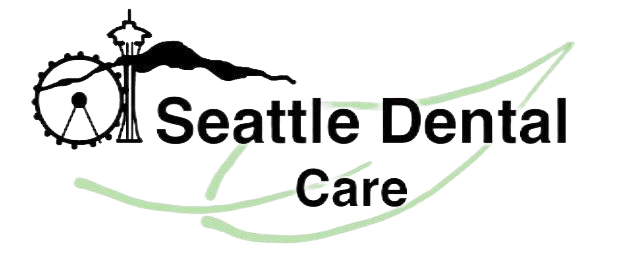Risks and Alternatives of Chlorohexidine
- What is Chlorhexidine?
- How Chlorhexidine is used in Conventional Dentistry
- Risks Associated with Chlorhexidine
- Biological Dentists and Alternatives to Chlorhexidine
- Alternatives to Clorhexidine
In the realm of dentistry, maintaining oral hygiene and preventing infections are paramount. Chlorhexidine, a powerful antiseptic, has been commonly used in dental practices for decades for antiseptic purposes. However, usage of chlorhexidine has sparked considerable debate due to potential health risks, including claims of carcinogenicity. This blog explores the use of chlorhexidine in dentistry, its associated risks, its classification as a possible carcinogen, and the alternatives embraced by biological dentists to ensure safer patient care.
What is Chlorhexidine?
Chlorhexidine is an antiseptic and disinfectant which has been extensively used in healthcare settings, including dentistry, for its ability to significantly reduce bacterial levels on both living tissues and inanimate objects. In dental practices, it is commonly found in mouthwashes and gels, where it is used to control antimicrobials.
How Chlorhexidine is used in Conventional Dentistry
In conventional dentistry, chlorhexidine serves as the gold standard for chemically managing oral bacteria. It is especially favored post-operatively and in managing periodontal diseases due to its broad-spectrum antimicrobial properties. Dentists often prescribe chlorhexidine mouthwash to patients undergoing procedures that leave them at risk of infection, such as tooth extractions and periodontal surgery.
Risks Associated with Chlorhexidine
Despite its benefits, research has led to health concerns associated with Chlorhexidine. The potential carcinogenicity of chlorhexidine has also been a topic of concern. Studies have shown that high doses of chlorhexidine can cause cancer, leading to its classification as a possible human carcinogen. The evidence in humans remains inconclusive, but the possibility prompts caution and further investigation.
Other immediate side effects include tooth staining, altered taste perception, and an increase in tartar buildup. More severe reactions can include allergic responses ranging from skin rashes to anaphylaxis.
Biological Dentists and Alternatives to Chlorhexidine
Biological or holistic dentistry focuses on the use and practice of non-toxic restorative materials for dental treatment and emphasizes the unrecognized impact that dental toxins and infections may have on a person's overall health. Biological dentists often seek safer alternatives to chlorhexidine, considering its potential risks.
Alternatives to Clorhexidine
-
Ozone Therapy: Utilizing ozone gas to sterilize the oral environment is another method gaining traction. This approach kills bacteria effectively and is considered safe and non-toxic.
-
Essential Oils: Products containing essential oils, such as thyme, clove, and peppermint, have been used due to their natural antimicrobial properties. They are often found in natural mouthwashes and can reduce plaque without the side effects associated with chlorhexidine.
-
Herbal Decoctions: Green tea, aloe vera, and chamomile are examples of herbal remedies that have been used in place of chlorhexidine. These provide anti-inflammatory benefits in addition to microbial control.
While chlorhexidine remains a powerful tool against oral infections, its potential risks cannot be ignored. The move by biological dentists towards safer, non-toxic alternatives reflects a broader trend in healthcare towards more holistic approaches to treatment and patient safety. As research continues, it is vital for both patients and professionals to stay informed about the benefits and risks associated with dental materials and practices.
At Seattle Dental Care, we select the safest, simplest dental materials for patients. This also means our materials are tested to be free of metal, fluoride, BPA, and toxic chemicals such as chlorhexidine.
MON - SUN 8:00 am - 5:00 pm
2107 Elliott Ave Ste 210,
Seattle, WA
Phone : (206) 728-1330Text Us : (206) 728-1330



